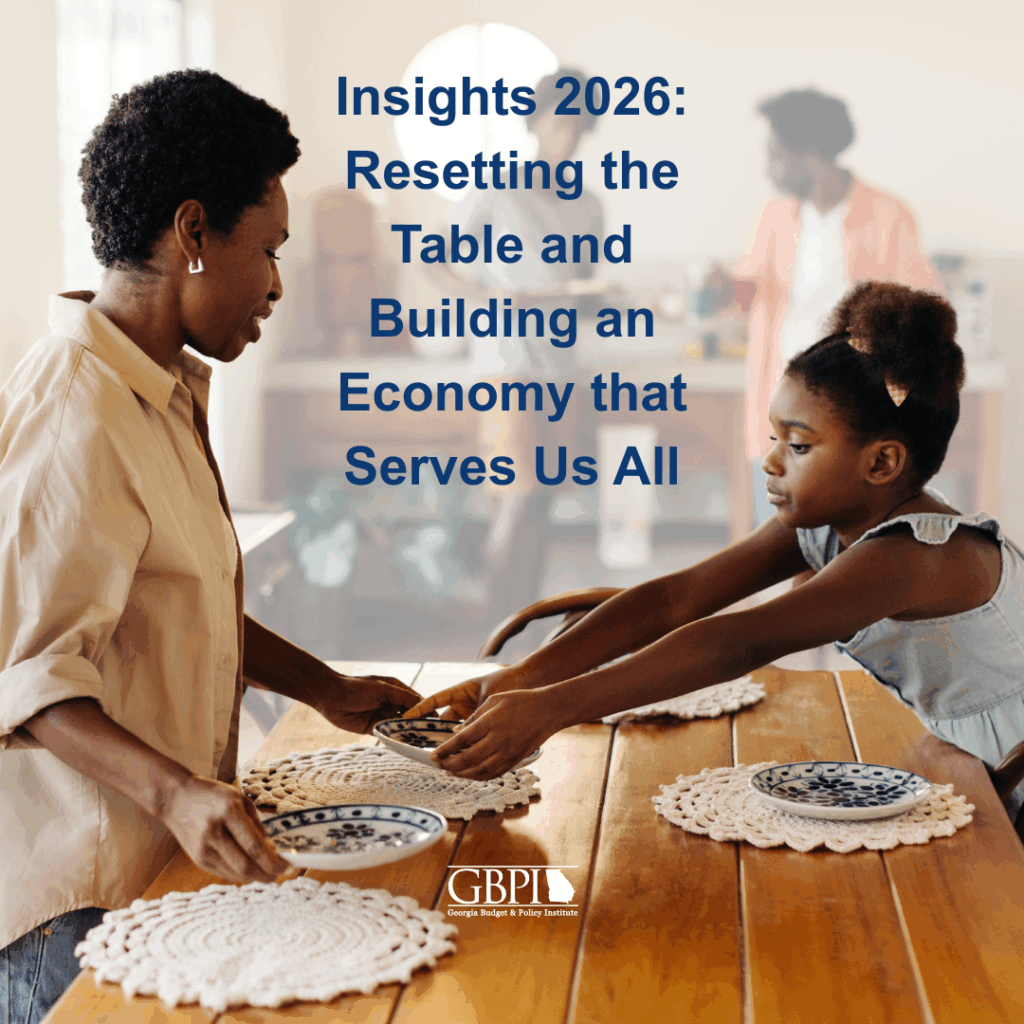Janai Raphael’s job as a college advisor at Maynard Jackson High School in Atlanta often means she plays the role of translator. “The terminology is a challenge. Pell grants, scholarships, subsidized loans, unsubsidized loans. I walk through what each type of financial aid means,” she says.
Raphael knows that students who successfully apply for federal financial aid are more likely to go to college. In one well-known experiment, low-income families that visited tax preparation centers were offered assistance to complete and submit the Free Application for Federal Student Aid, commonly called the FAFSA. This support increased college enrollment to 36 percent from 28 percent.
But persuading parents to fill out the form can be a challenge, especially for students whose parents didn’t go to college or are unfamiliar with the financial aid process.
“When they hear FAFSA they think loans and horror stories about debt. They don’t know about Pell or different opportunities,” Raphael said.
Georgia’s rate of FAFSA completion is low, leaving millions of dollars of federal student aid on the table each year. As of April, fewer than half of high school seniors filed for federal aid, according to recent data. Still, Georgia resident students have used the FAFSA to access nearly $4.9 billion in federal aid, including $1.1 billion in grants. If more students filled out the form, it’s likely they would be able to access even more federal money. An estimated one-third of college students who don’t apply for financial aid would qualify for the Pell Grant.
Georgia students leave millions of dollars in federal financial aid on the table each year.
Though the FAFSA is critical to accessing financial aid like the need-based federal Pell Grant, the form is notorious for being long and complicated. Students must fill out the application every year they want to receive financial aid. The form poses more than 100 questions about income, assets and expenses and is similar in length and complexity to filing taxes. After submitting the lengthy application, many students are required to provide further documentation to each school they apply to before receiving financial aid information.
Simplifying the aid process and helping families complete the forms are both important to make financial aid easier to access. Recent reforms to simplify the FAFSA include the new IRS data retrieval tool, which transfers tax data held by the IRS to the form. Other changes in the works include the development of a smartphone app and shortening the form.
States, school districts and community partners play an important role supporting students and families through the financial aid process. Georgia offers many state and local initiatives to assist with applying for financial aid. Though FAFSA completion rates are low, Georgia is one of the most improved states. The Georgia Student Finance Commission partners with colleges and high schools to host FAFSA completion events. The agency also provides an online tool to help counselors and school administrators track FAFSA completion.
Pairing FAFSA assistance with the offer of a college grant that requires the form can yield dramatic results. In 2016, Achieve Atlanta launched its need-based scholarship program, which requires students to complete the FAFSA, with funding from the Joseph P. Whitehead Foundation. Through a partnership with the College Advising Corps, more college advisors like Raphael were placed in Atlanta Public Schools to shepherd students through the lengthy college application process. From 2015-16 to 2016-17, the FAFSA completion rate jumped 10 percentage points in one year, and the district’s college enrollment rate increased by six percentage points.
Similarly, Tennessee, the top FAFSA-completing state with 73 percent of high school seniors filling out the form, pairs its tuition-free community college initiative with a requirement for students to file for aid by mid-January. State agencies aggressively market FAFSA completion campaigns and partner with community organizations, colleges and high schools to hold workshops throughout the state and help students complete applications. Tennessee’s filing rate increased 10 percentage points from 2014 to 2016.
After pairing a need-based grant with support completing financial aid forms, Atlanta Public Schools’ FAFSA completion rate jumped 10 percentage points and its college enrollment rate increased by 6 percentage points.
Filling out the FAFSA and drawing down federal financial aid dollars is especially important for Georgia students since the state does not fund need-based aid, though lawmakers passed a bill in April to set up this program. The small up-front investment pays off when more students enroll in college, get the financial support needed to persist in school, and graduate ready to contribute to the state’s economy.
One of the students Raphael helped this year is senior Aviel Bells. Bells’ grades qualify her for the HOPE scholarship, and she works at Zoo Atlanta to save money for college. But her parents are unable to help pay for classes, and she still faced a large gap to cover college expenses. After completing the FAFSA to show eligibility for the need-based Achieve Atlanta scholarship, she discovered that she also qualified for the federal Pell Grant.
Raising awareness about the student aid application process, supporting families in filling out forms, and offering grants that act as incentives to apply for federal aid, make a big difference for students like Bells. Without the additional financial aid, she says, “I wouldn’t be going to college.”






